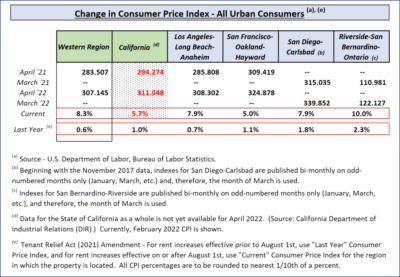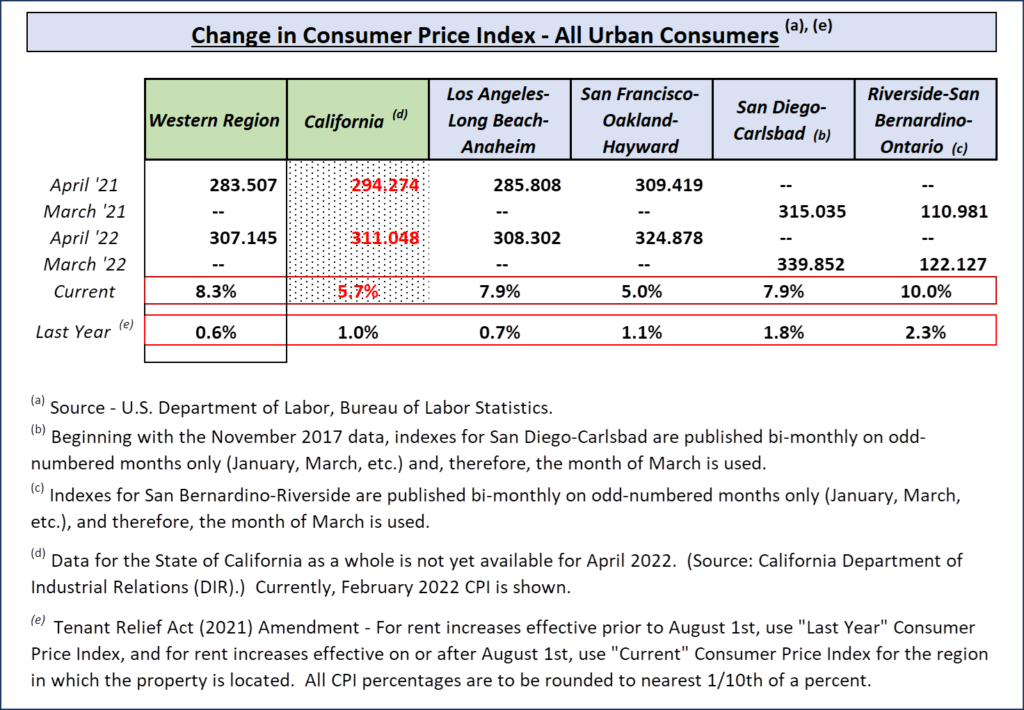2022 Landlord-Tenant Legislative Update
Tracey L. Merrell, Managing Partner of Education, Kimball, Tirey and St. John LLP
About this event
In this AOA Live Stream, you will discover
- 2022 Clarifications to AB 1482
- What's needed to comply with new landlord-tenant laws
- How to navigate fair housing law updates and other trending topics affecting landlords
- How to avoid challenges as a property owner and manager
















